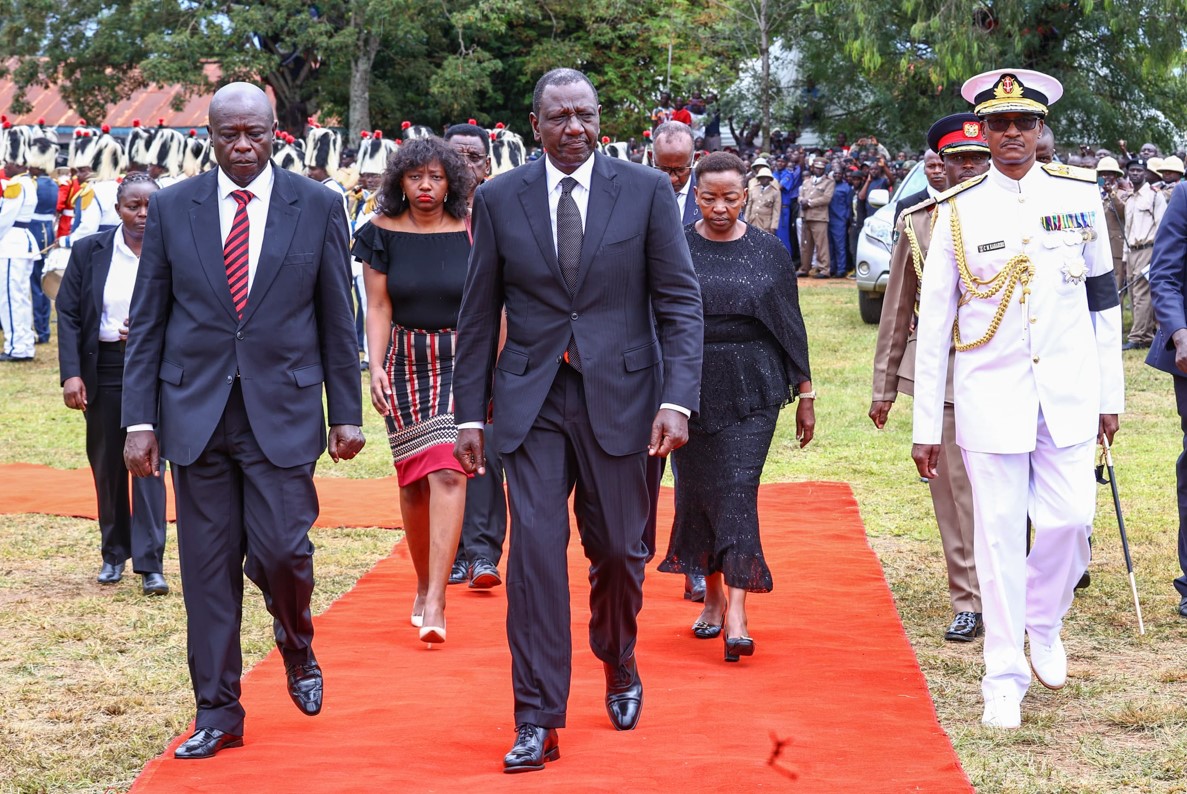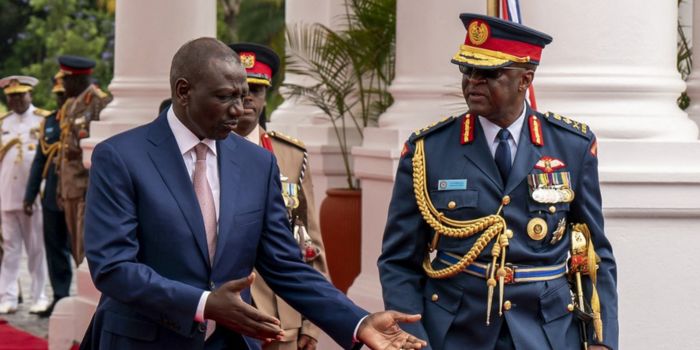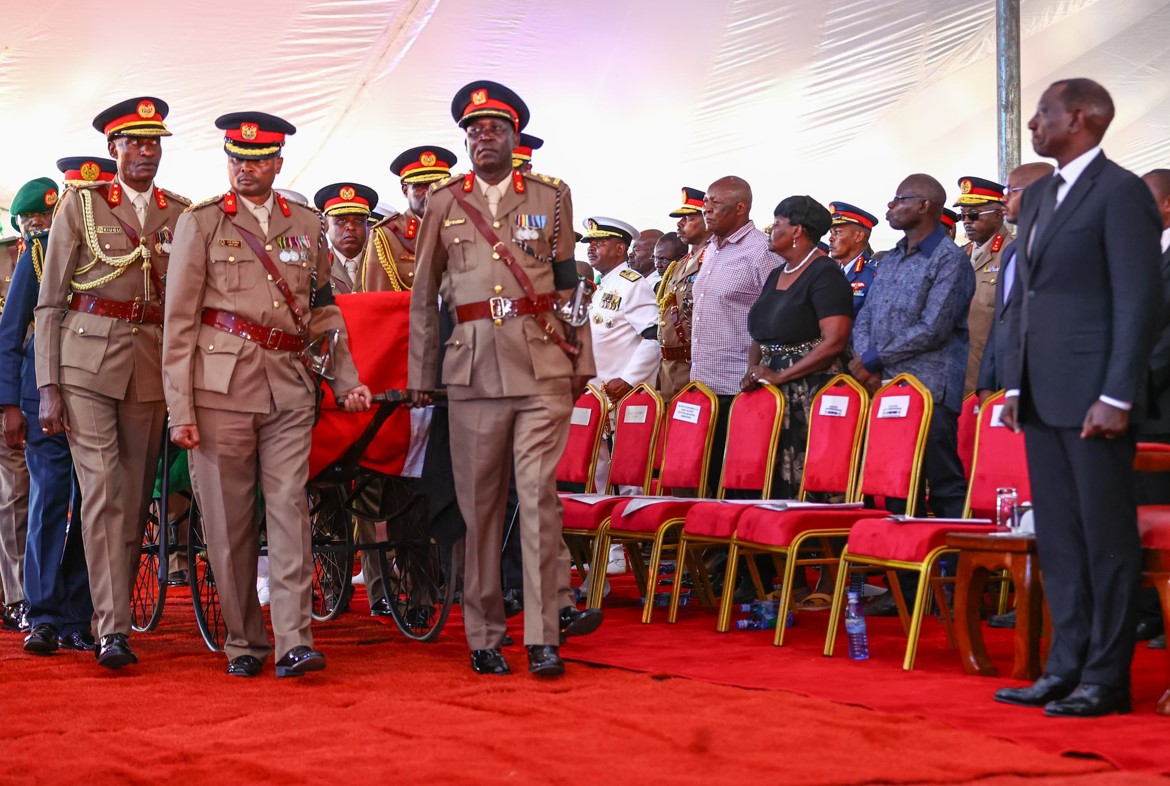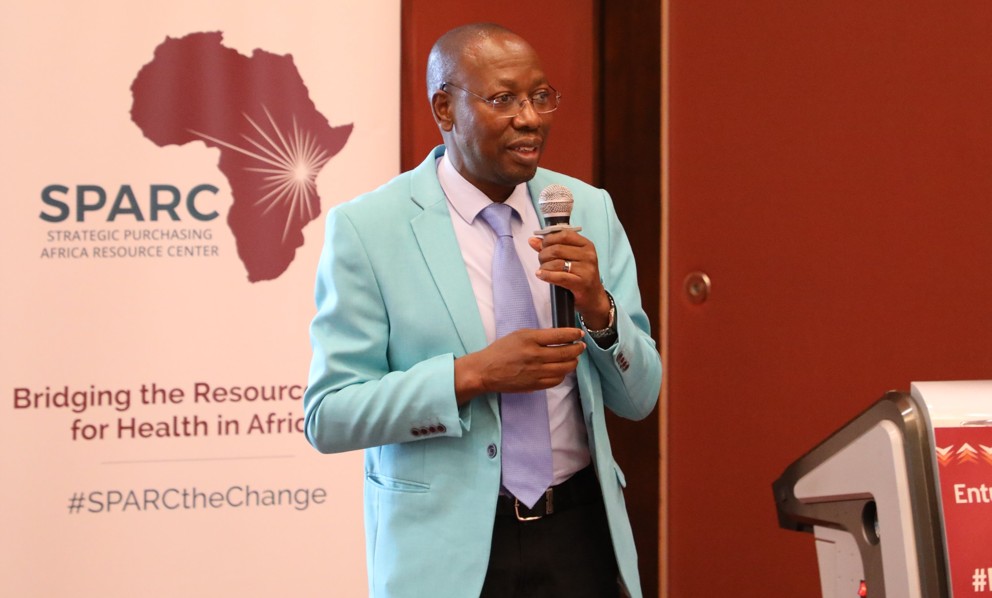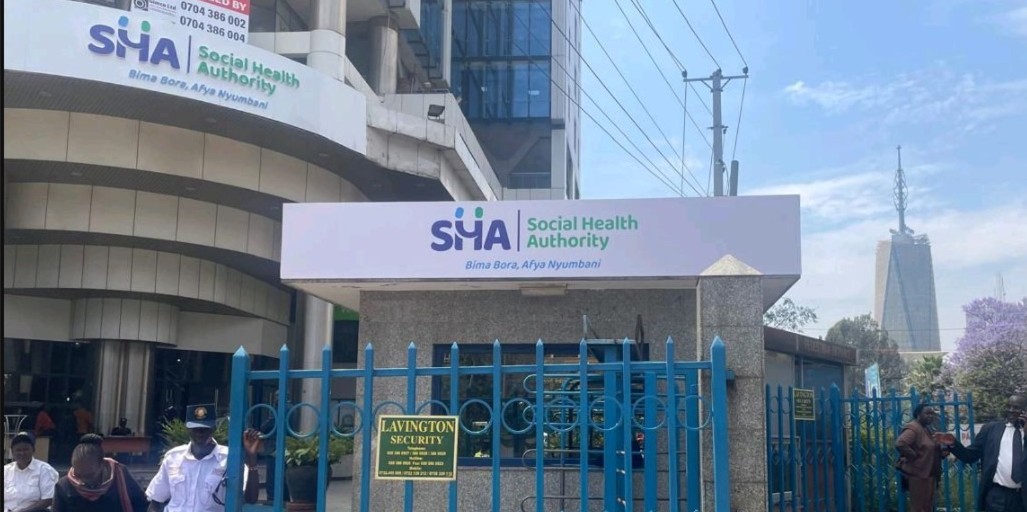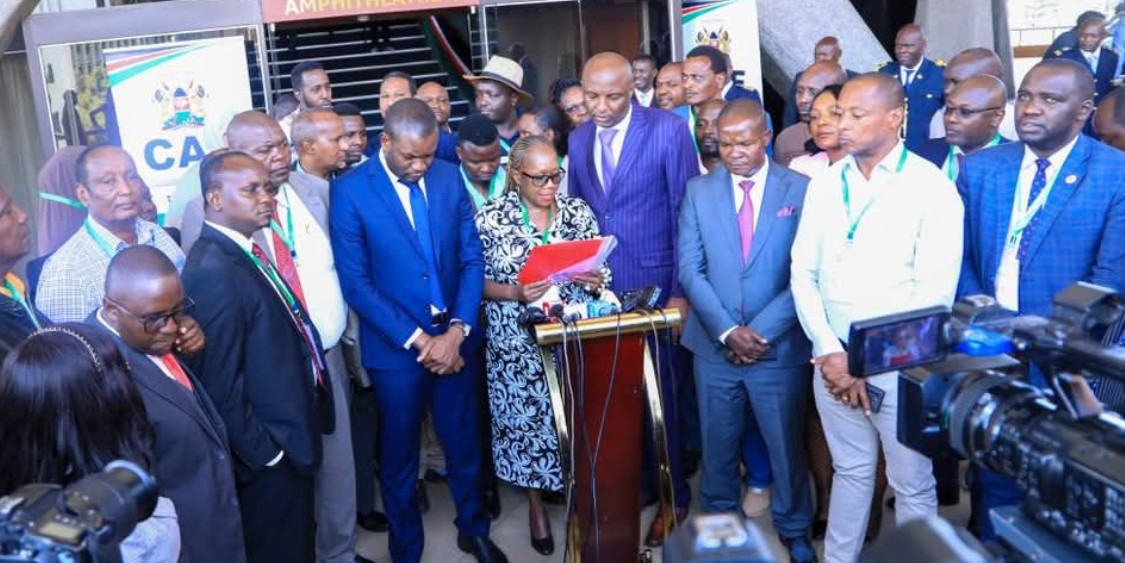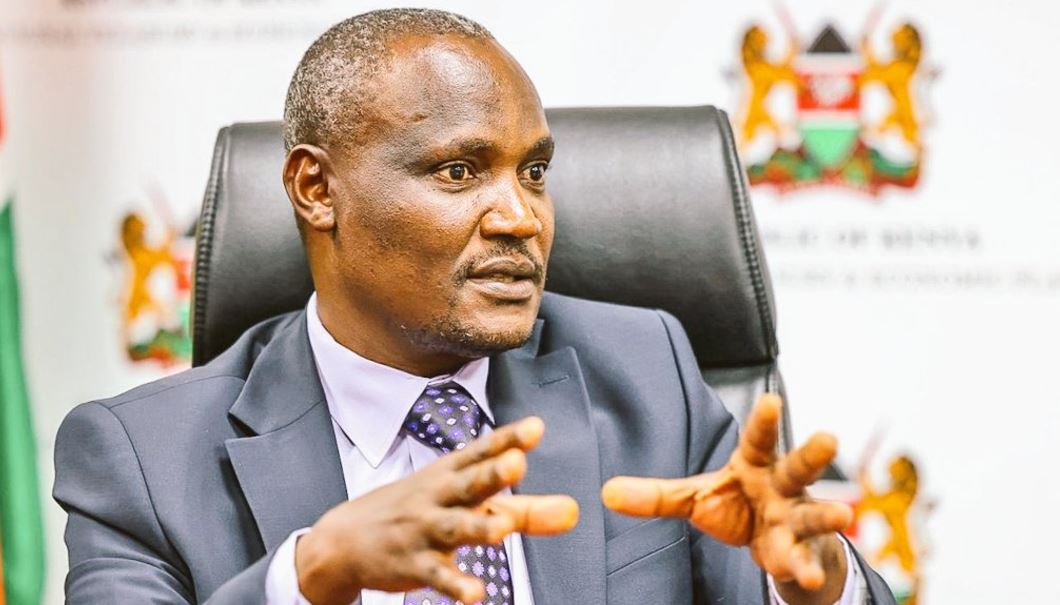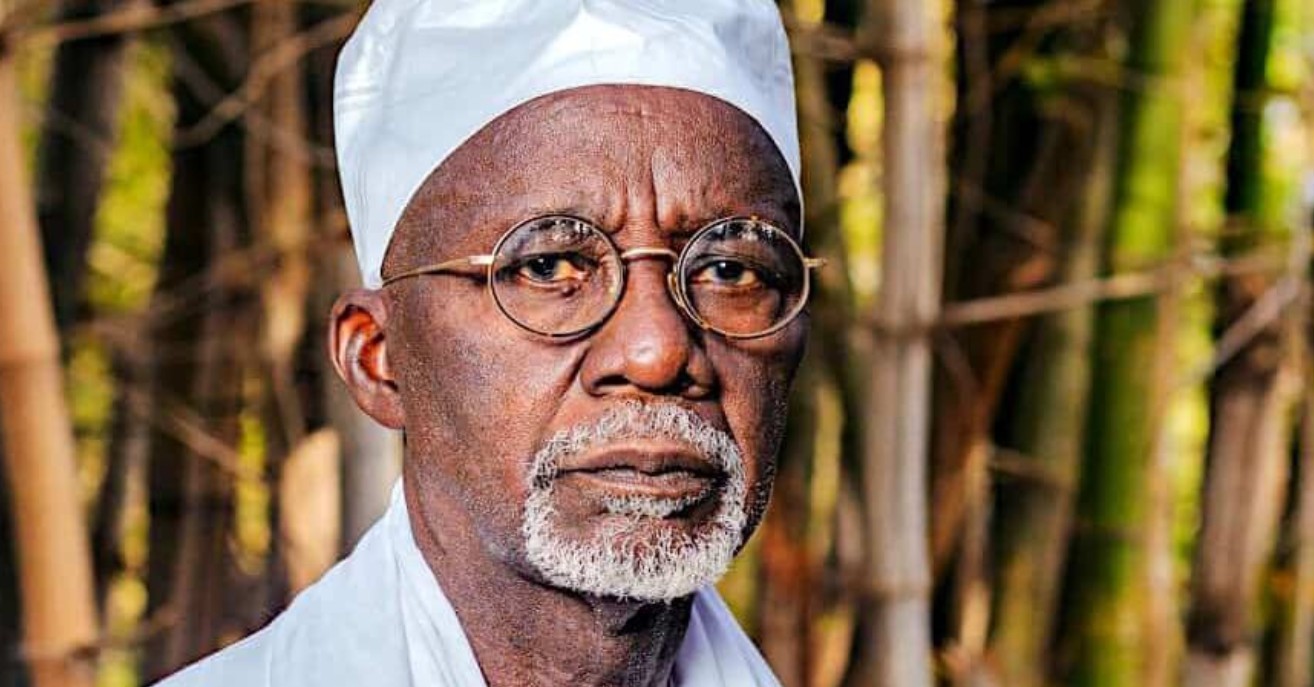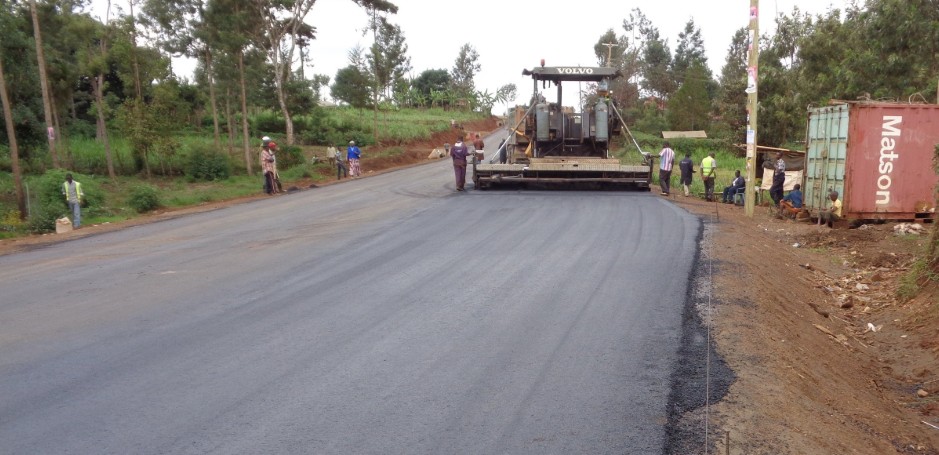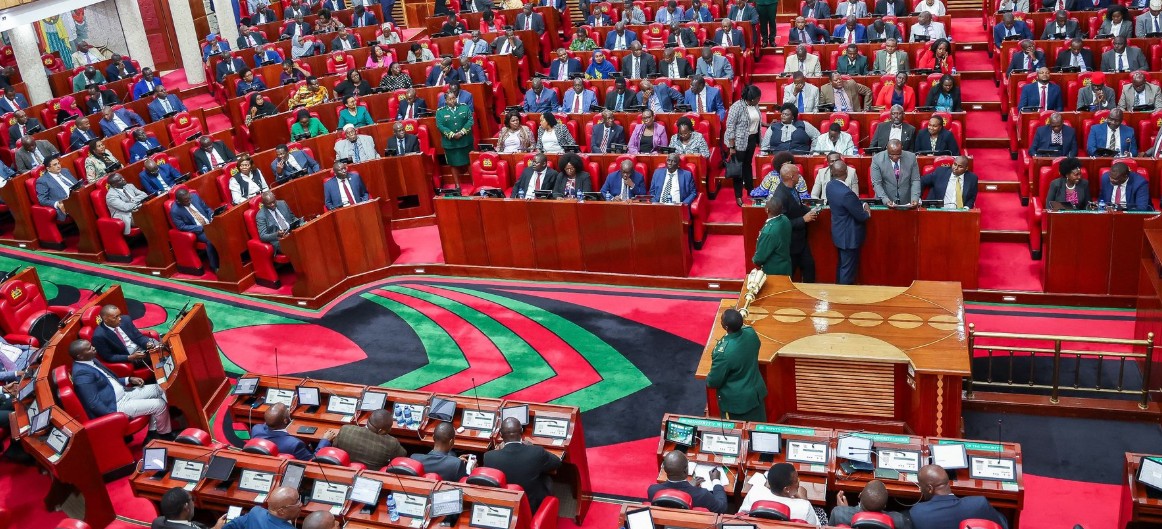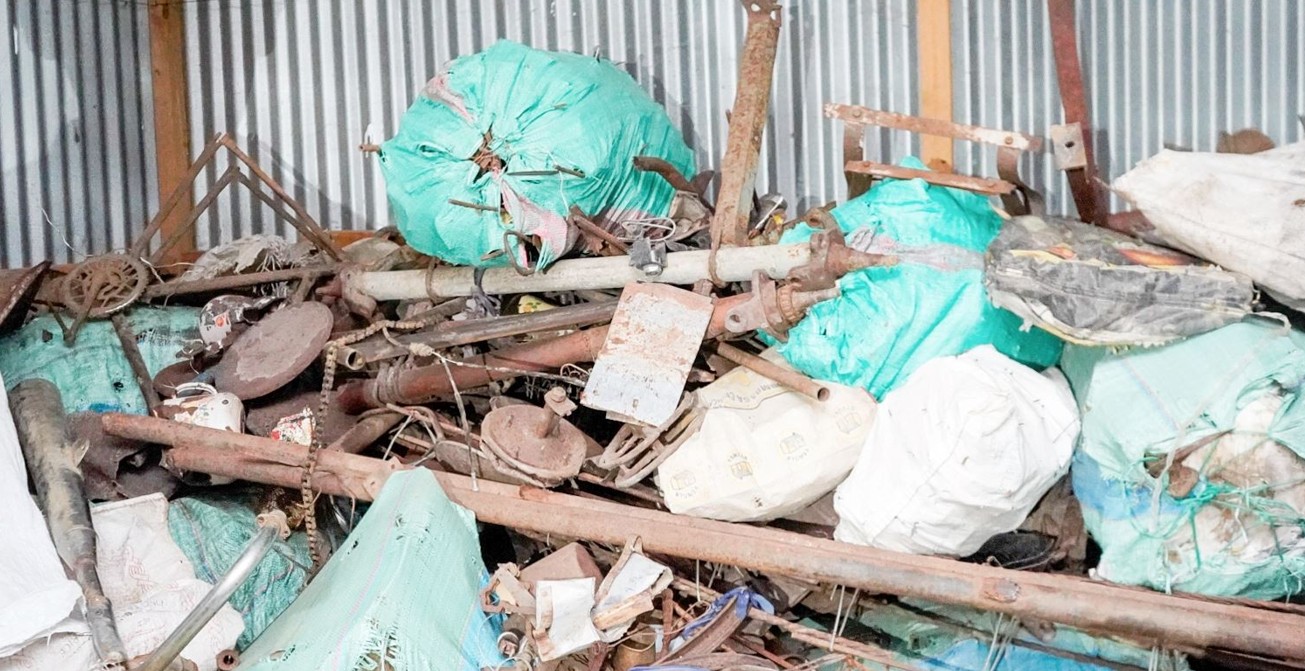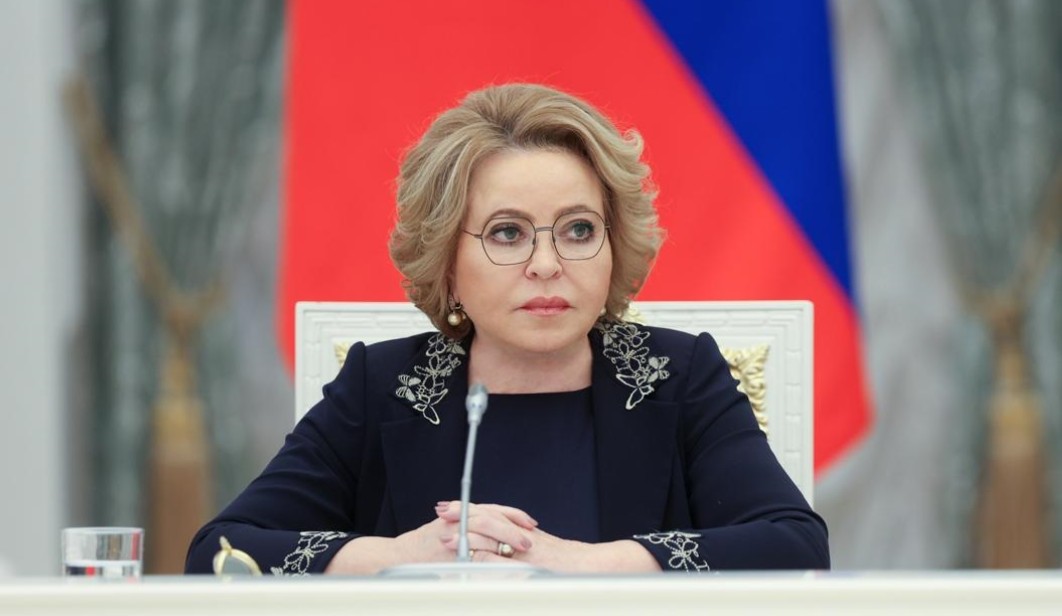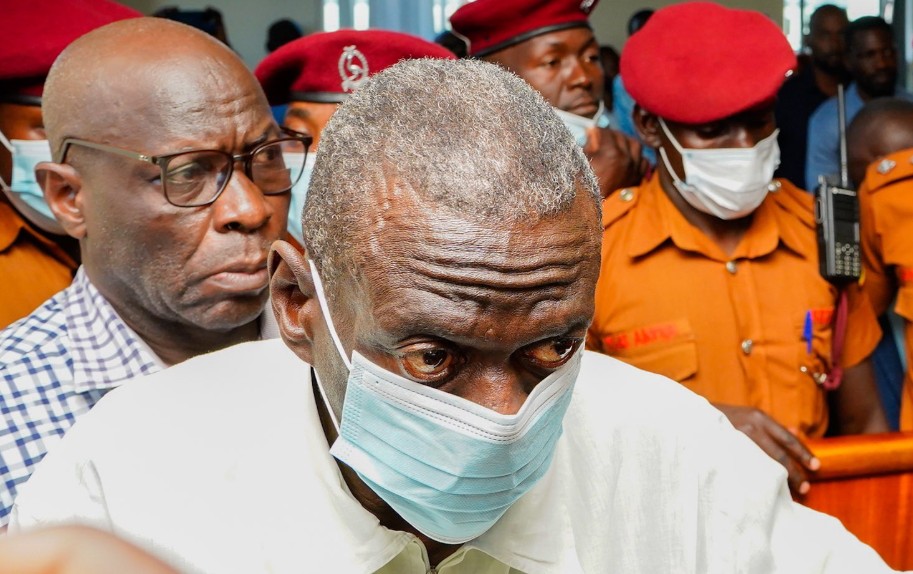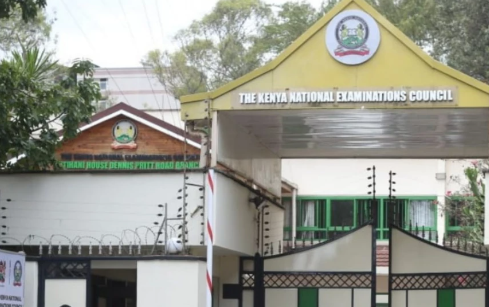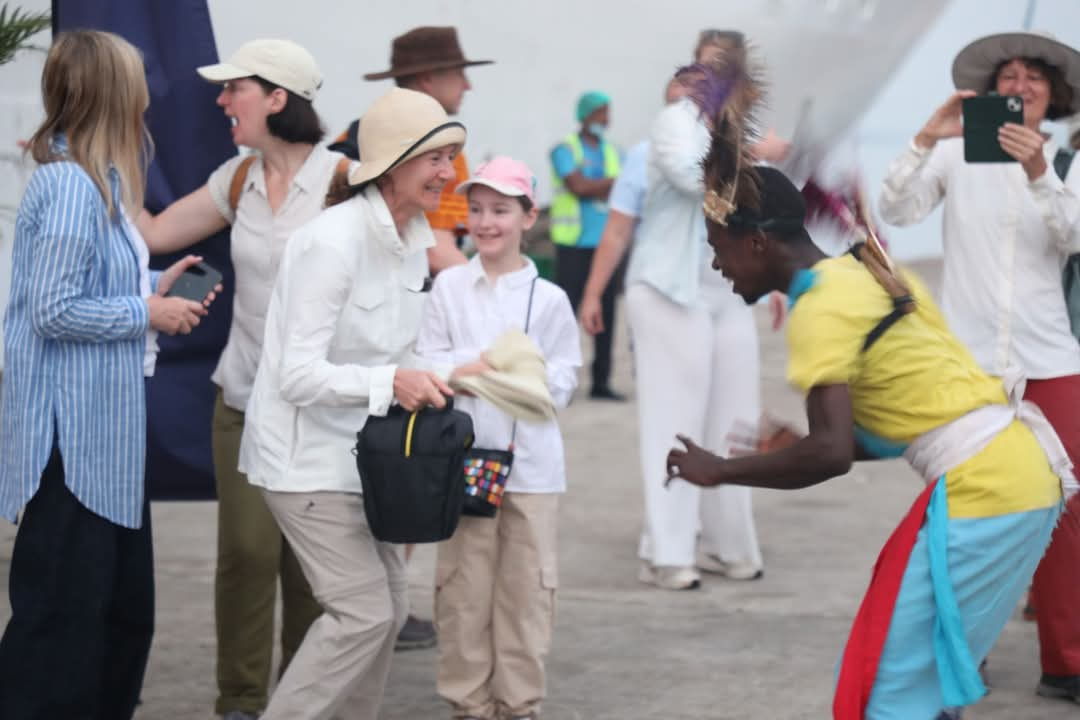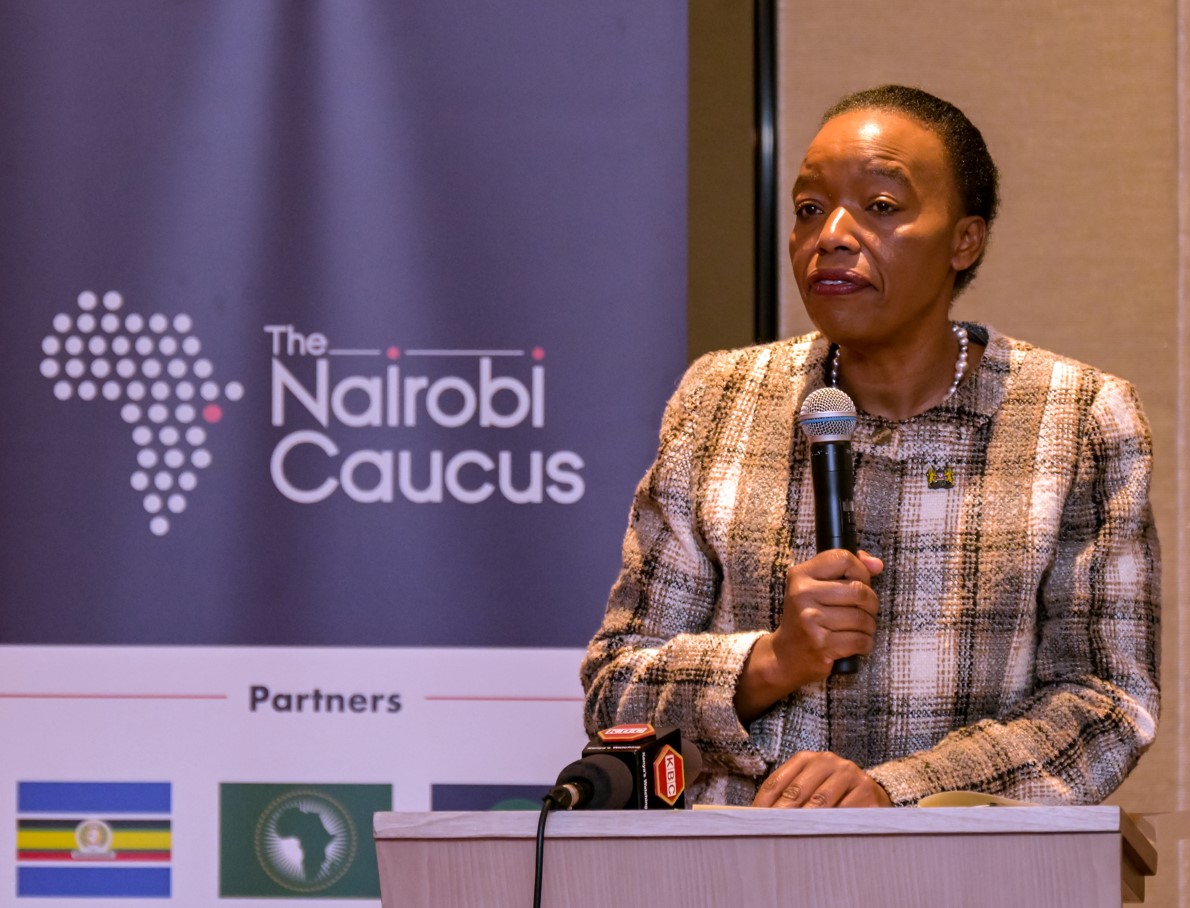Over 1.6 million children supported in violence prevention - report
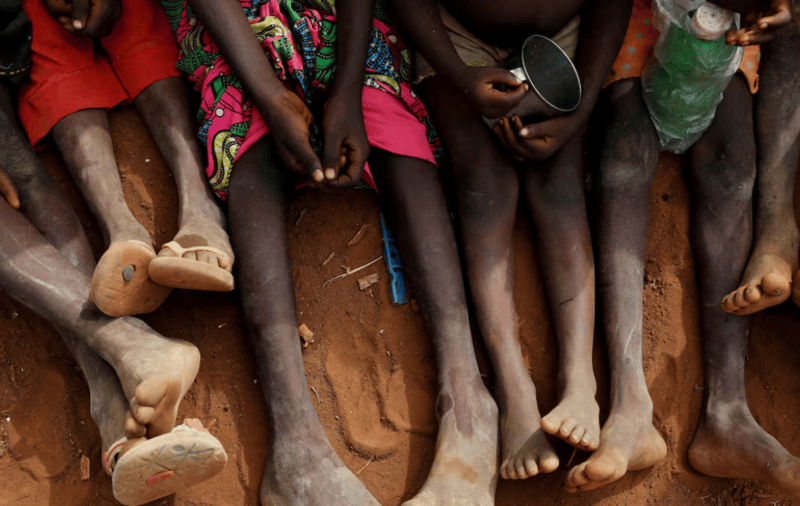
World Vision operates more than 900 projects, using over $889 million (approximately Sh114.8 billion) to fund its initiatives.
A total of 1.6 million children across East Africa received support to prevent violence, according to World Vision’s latest impact report.
The report dubbed A Child-Friendly Version of the 2024 Impact Report by World Vision, revealed that 527,000 children affected by abuse were assisted in reporting incidents and seeking help.
More To Read
- KNCHR slams police for violence on anti-abduction protesters, vows to take action
- 2024 one of the worst years in history for children in conflict - UNICEF assessment shows
- Police probe alleged assault against influencer as video surfaces on social media
- Explainer: How to advance women’s roles in peace and security
The organisation reaffirmed its commitment to ensuring children are protected from harm and can grow in safe environments.
The report released on February 7, 2025, highlighted World Vision’s efforts across multiple sectors, showing the scale of humanitarian assistance provided.
The organisation reached 28 million people in East Africa, including 16 million children.
“We are excited to share that amid the ever-growing humanitarian needs, we reached 16 million children in the East Africa region. This report not only showcases our achievements but also empowers young readers to understand the importance of our mission and how they can be a part of it,” the organisation said.
World Vision operates more than 900 projects, using over $889 million (approximately Sh114.8 billion) to fund its initiatives. With the support of 6,500 staff members, the organisation has been able to address key challenges facing communities, from food insecurity to access to education, health services, and economic support.
The report detailed World Vision’s efforts in health and nutrition, with 2.2 million children benefiting from health programmes and 1.6 million receiving nutritional support.
It also highlighted the organisation’s role in improving water, sanitation, and hygiene (WASH), ensuring that over 1.2 million people gained access to clean water and nearly 995,000 benefited from basic sanitation. Schools were also a focus, with 320 institutions receiving water access, more than 200 benefiting from sanitation facilities, and 560 schools provided with hygiene services.
Education also remained a priority, with 1.9 million children aged 6-18 participating in programmes designed to improve learning outcomes. Additionally, 493,000 children aged 0-6 received early childhood development support.
Economic empowerment efforts reached millions, with 2.9 million children living in households where parents or caregivers received financial support. The organisation also focused on environmental conservation, engaging 329,000 children in sustainability programmes.
Recognising the challenges children face, World Vision noted that violence at home and school, female genital mutilation, corporal punishment, child marriage, and domestic violence continue to threaten their well-being. Other concerns include food insecurity, diseases, loss of parents, and lack of access to education.
To address these issues, World Vision has actively participated in policy advocacy, influencing 90 key policies in East Africa. The organisation played a role in securing 36 policies to protect children from harmful practices such as female genital mutilation, corporal punishment, and gender-based violence.
It also helped push for 25 policies ensuring government funding for programmes aimed at preventing violence against children.
World Vision also launched the ENOUGH Campaign to combat child hunger and malnutrition, aligning with the Sustainable Development Goal 2: Zero Hunger. The report acknowledged that many East African countries continue to face crises such as conflict, climate-related disasters, food insecurity, and disease outbreaks, increasing the demand for humanitarian assistance.
Emphasising the importance of children’s voices in decision-making, World Vision highlighted its engagement with young people through various platforms.
The Children’s Advisory Group, comprising children from eight different regions, provides insights into issues affecting them. The organisation also supports school-based clubs, sports clubs, life skills clubs, and children’s journalists’ clubs to encourage participation and leadership.
World Vision facilitated child participation in major regional events, including the Africa Day for School Feeding and the Pan-African Girls and Women Education Conference. During the Day of the African Child celebrations in Uganda, the organisation emphasised the link between nutrition and education, stressing that hunger hinders learning.
As part of its long-term vision, World Vision also helped shape the Continental Education Strategy for Africa (CESA 2025-34), a framework aimed at improving education systems across the continent.
World Vision acknowledged the role of governments, communities, faith leaders, businesses, and other organisations in making its work possible. The organisation reaffirmed its commitment to ensuring children grow in safe, healthy environments and encouraged stakeholders to continue working together for lasting change.
Top Stories Today
